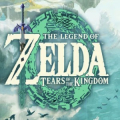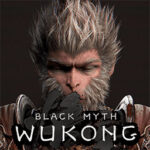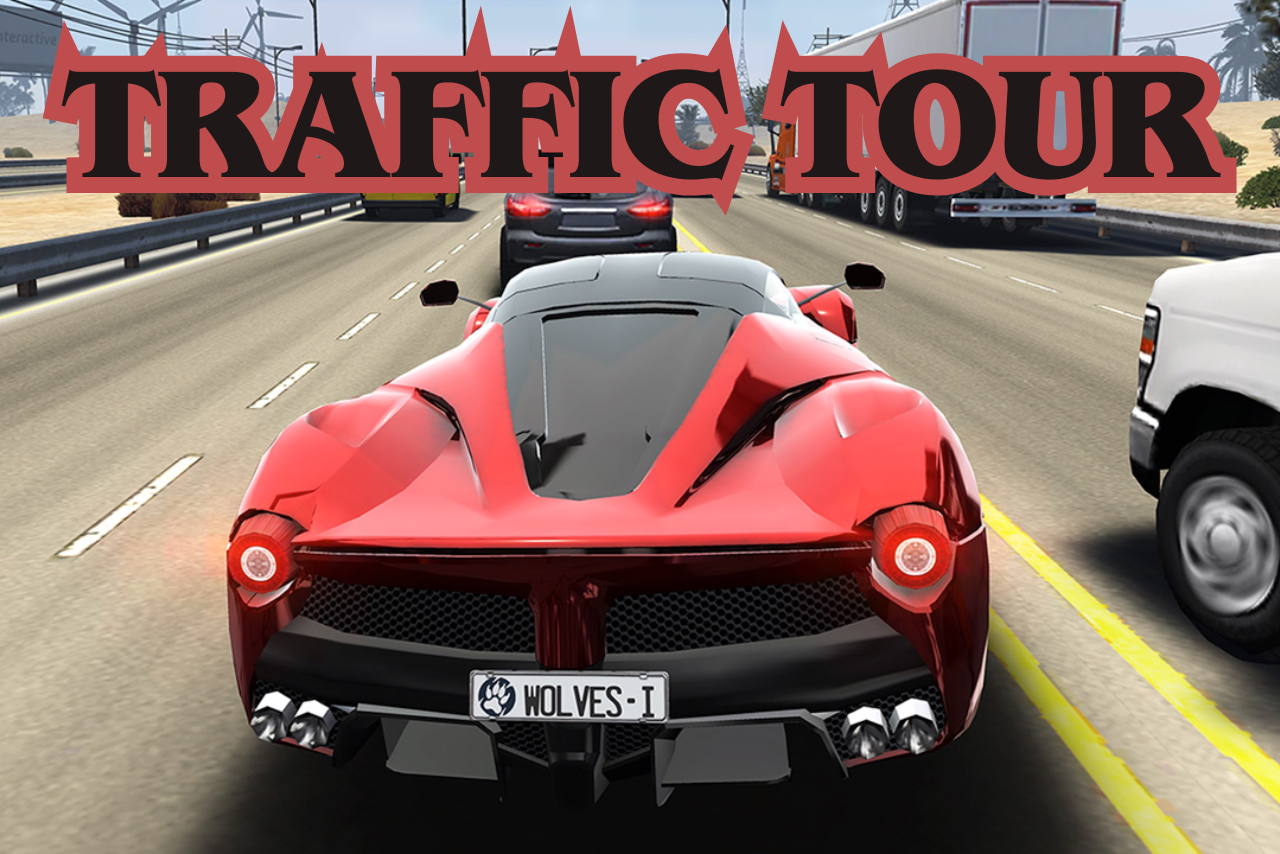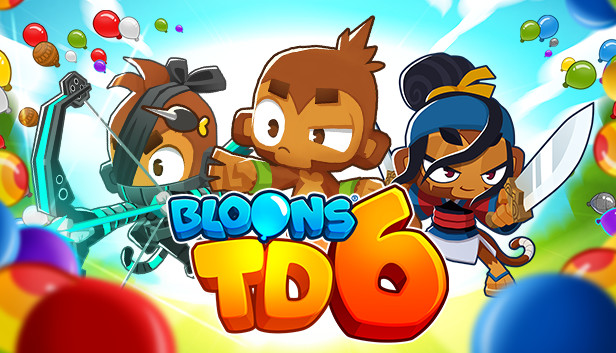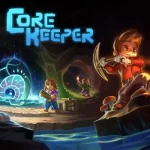Popular Now
Introduction
Candy Crush Saga, the wildly popular match-3 puzzle game developed by King, has captivated millions of players worldwide. However, beneath its colorful visuals and seemingly simple gameplay lies a growing concern that long-time players can no longer ignore — the progressive change in level difficulty. Once manageable stages are now inexplicably more challenging, sparking debate around whether these changes are made to encourage microtransactions. This article explores this issue in depth, analyzing how the difficulty curve has shifted, its impact on players, and what it reveals about the game's underlying business model.
1. Recognizing the Issue: What Has Changed in Candy Crush?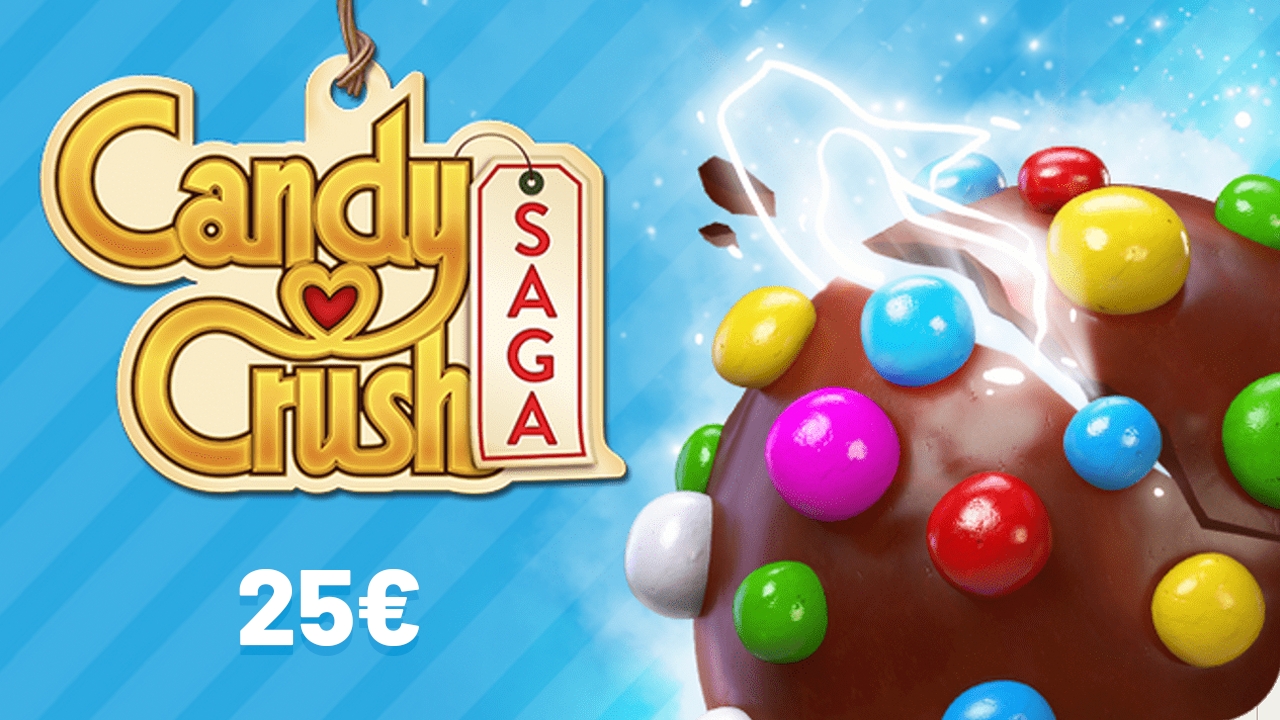
Long-time players of Candy Crush Saga have reported an increasing number of “impossible levels” that seem to demand either extreme luck or the purchase of boosters. Earlier levels, which once served as onboarding experiences or casual fun, have been quietly updated — fewer moves, more blockers, or trickier board designs.
This pattern isn't anecdotal. Through version updates and community feedback, it has become clear that King's developers have rebalanced older and newer levels alike, often without any announcement or clear reasoning. The perception is that the game has transitioned from being rewarding to being punishing unless players are willing to pay.
2. Data Doesn’t Lie: The Evidence Behind Difficulty Inflation
Analyzing Version History
Players using forums like Reddit and Candy Crush Wiki have documented exact differences between previous and current versions of levels. For example, Level 5320 once had 30 moves; now it offers just 22. Some levels have increased jelly layers or moved crucial blockers to harder-to-reach spots.
Community-Based Statistics
In 2023, multiple YouTubers and bloggers compiled data from hundreds of levels. They discovered a systematic trend: levels between 5000–7000 had an average completion rate of just 7%, compared to 15–20% for earlier levels. This aligns with anecdotal evidence of rising frustration among players.
3. Why Increase Difficulty? King’s Business Model
It’s essential to understand Candy Crush Saga as not just a game, but a revenue-generating
[caption id="attachment_2018" align="aligncenter" width="1024"]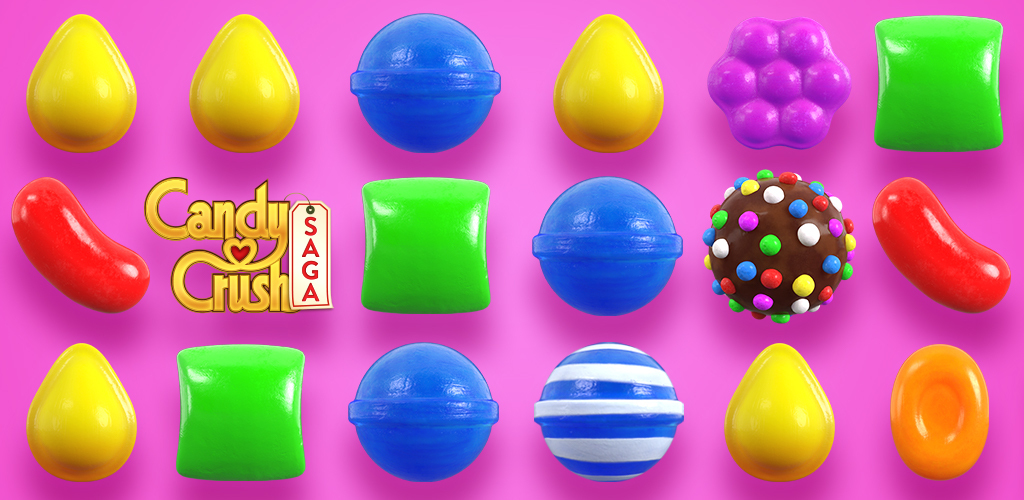 Version 1.0.0[/caption]
Version 1.0.0[/caption]
product. King uses the freemium model — the game is free, but revenue comes from in-app purchases like extra moves, boosters, and unlimited lives.
Monetization Strategy
-
Frustration Loop: Increase difficulty → Player fails repeatedly → Prompt to buy boosters.
-
Timed Incentives: Special events that make buying seem “worth it.”
-
Artificial Scarcity: Reduced lives over time to nudge purchases.
Changing level difficulty subtly but steadily enhances the "urge to buy," especially in moments of near-victory. This is a deliberate psychological tactic — the near-miss effect — designed to make players feel that just a little more effort (or a few dollars) could mean success.
4. Psychological Toll on Players
While some level of challenge is motivating, excessive difficulty — especially when tied to payment — can harm user satisfaction and mental well-being. The game risks becoming a source of stress rather than entertainment.
The “Unwinnable Loop”
Players stuck on a single level for days report feelings of frustration, defeat, and sometimes addiction. The randomness of board layouts adds to this, making victory feel less like skill and more like chance or payment.
5. Player Responses and Workarounds
Players have responded in various ways: some quit, others turn to guides, cheats, or workarounds. A growing number of Candy Crush YouTubers now offer strategies for "nerfed" levels — that is, levels that have been made harder over time.
Popular Player Strategies:
-
Waiting for Lucky Boards
-
Saving Boosters Strategically
-
Playing During Free Boost Events
-
Reverting App Versions (on Android)
These approaches show that players are adapting — but not always in ways that align with fair play or healthy gaming habits.
6. Ethical Concerns: Is This Manipulation?
Altering difficulty post-release without informing players raises ethical concerns. It manipulates perceived fairness and undermines trust. If a level becomes harder without warning, it breaks the social contract between game and player.
Moreover, players who replay old levels for fun or completion find them different — not harder in a challenging sense, but altered in a way that seems exploitative. The absence of patch notes for these changes only adds to the sense of opacity and manipulation.
7. How Does This Affect Player Retention?
King walks a fine line between challenging players and driving them away. While difficulty spikes can temporarily boost revenue, player burnout is a real risk. Studies in mobile gaming show that steep learning curves and unfair systems lead to rapid churn rates.
Retention vs. Revenue
The more a player pays to pass a level, the less likely they are to feel good about the victory. Without a sense of accomplishment, long-term loyalty deteriorates. King must therefore manage retention carefully while optimizing monetization.
8. The Role of Algorithms in Difficulty Adjustment
Modern mobile games like Candy Crush employ AI-driven systems to monitor player behavior and dynamically adjust difficulty. If a player is close to quitting, the game may ease up slightly — known in the industry as a “soft hand.”
Conversely, players who regularly spend money may be shown tougher boards to increase the likelihood of future purchases. This algorithmic targeting, while legal, blurs ethical lines when it manipulates users without transparency.
9. Community Movements and Backlash
In response to perceived unfairness, several Reddit communities and online forums have launched feedback campaigns aimed at King. Some players propose difficulty disclosures — labels like “Easy,” “Hard,” or “Changed Since Release.”
Suggested Player Demands:
-
Transparent patch notes for level adjustments
-
Difficulty ratings displayed upfront
-
Option to replay “classic” versions of levels
While these suggestions haven't been adopted widely, they show a shift in user expectations: players want transparency, fairness, and choice.
10. Solutions and What King Could Do Better
Game design is an evolving art. While it’s understandable for Candy Crush to adjust levels to maintain engagement, transparency and player respect must come first. King could implement several changes to address the current dissatisfaction:
Recommended Fixes
-
Publish change logs for level updates
-
Let players choose difficulty mode (e.g., Classic vs. Challenge)
-
Reward skillful play over payment-based advancement
By building goodwill and trust, King can continue to thrive without alienating its core audience — the loyal players who have supported the game for years.
Conclusion
The evolving difficulty in Candy Crush Saga is not just a gameplay quirk — it’s a calculated business move. While maintaining engagement and monetization is key for any free-to-play title, balance and fairness must not be sacrificed. As players become more aware of manipulative tactics, the call for transparency grows louder. Whether King responds remains to be seen, but the player community has made one thing clear: they want a game that challenges them, not one that exploits them.



